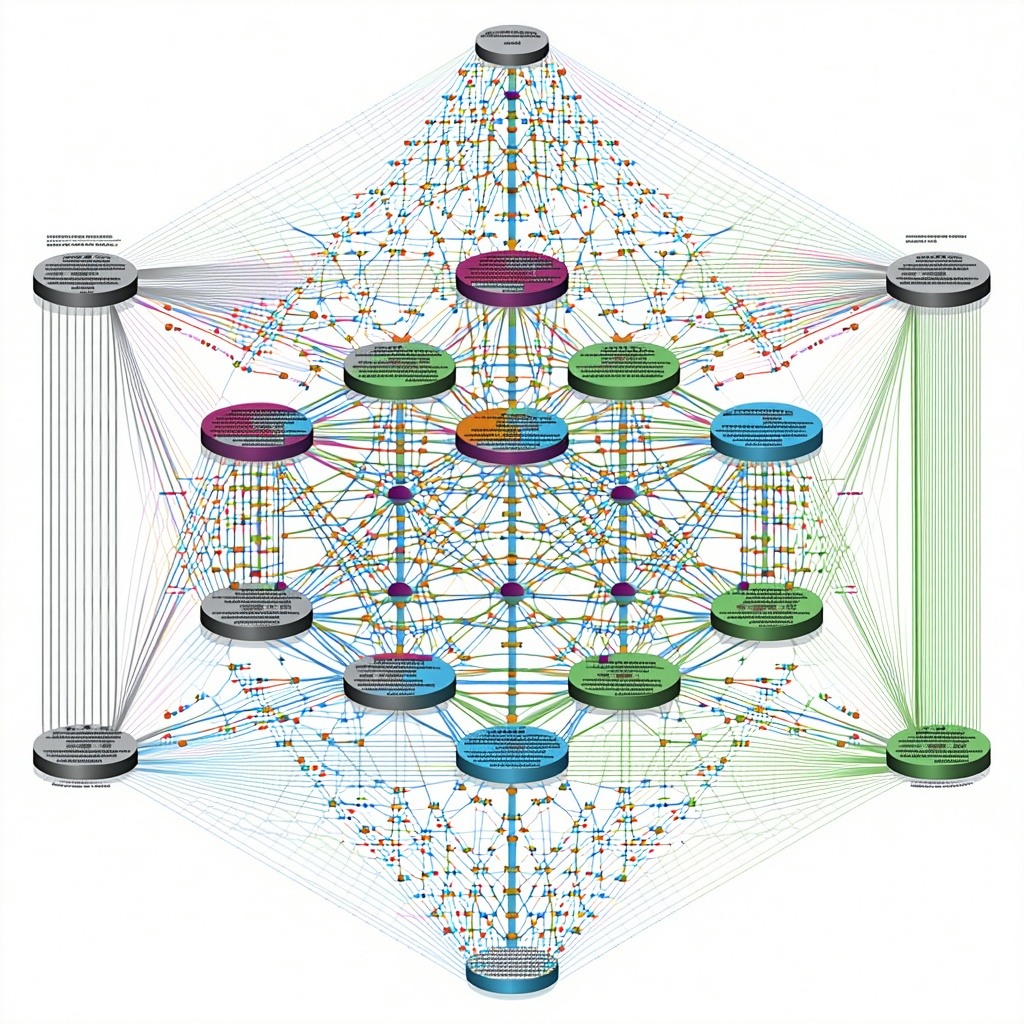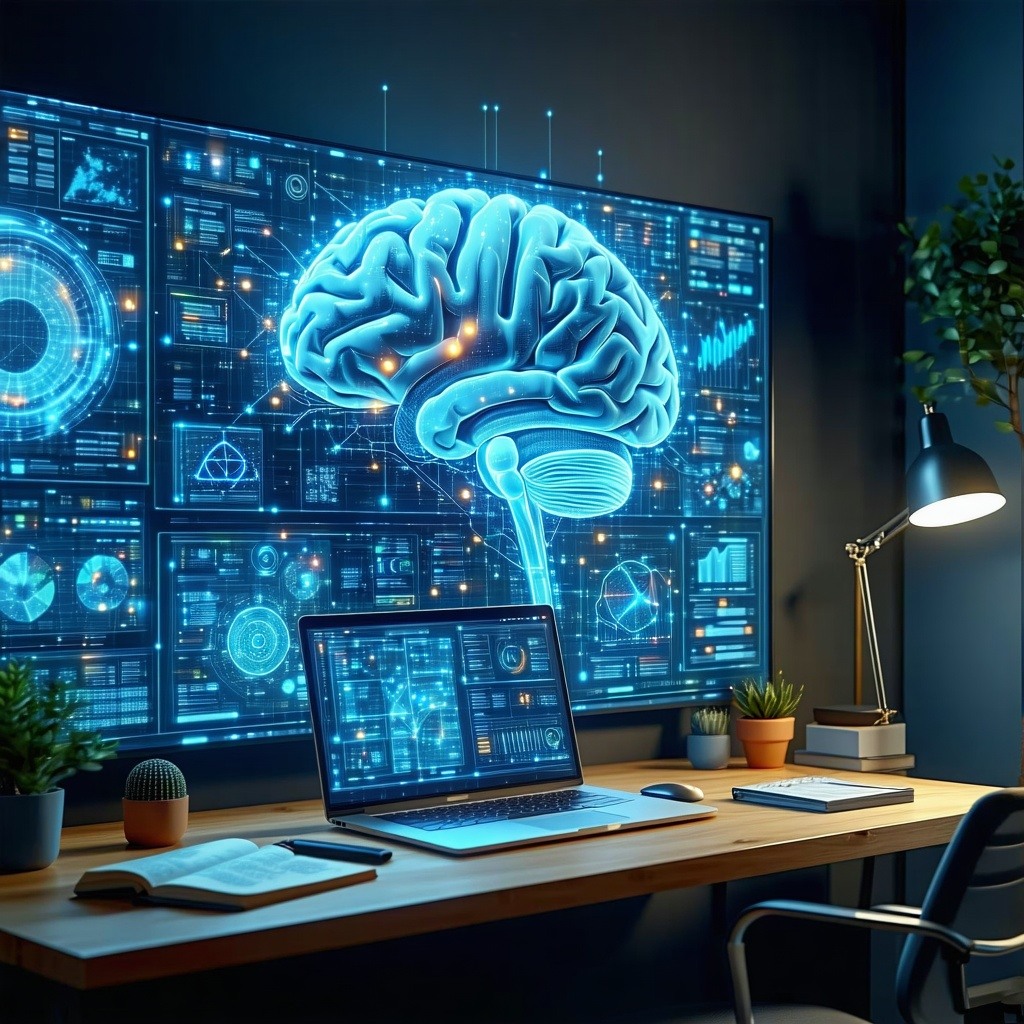Deep learning is revolutionizing how we tackle complex problems in Artificial Intelligence, powering innovations from self-driving cars to advanced natural language processing. In this article, we dive deep into the terminology, core principles, and complexities of deep learning. With over two decades of AI consulting expertise, this guide explains advanced concepts in an approachable, expert tone.
What is Deep Learning?
Deep learning is a specialized subset of machine learning that uses multi-layered neural networks to learn and represent data. Unlike traditional machine learning models, deep learning can automatically extract intricate patterns from vast amounts of data, making it exceptionally effective for tasks such as image recognition, speech processing, and natural language understanding.
Key Terms in Deep Learning
-
Neural Networks: Learn More
The backbone of deep learning, neural networks consist of interconnected layers of nodes (or “neurons”) that process input data through weighted connections. -
Layers:
-
Input Layer: Receives the raw data.
-
Hidden Layers: Multiple layers where data transformation and feature extraction occur.
-
Output Layer: Produces the final prediction or classification.
-
-
Activation Functions:
Non-linear functions (e.g., ReLU, Sigmoid, Tanh) that determine whether a neuron should be activated, allowing the network to model complex relationships. -
Backpropagation:
A learning algorithm that adjusts the weights of the network by propagating the error backward from the output layer to the input layer. -
Gradient Descent:
An optimization technique used to minimize the loss function by iteratively updating the network’s parameters. -
Loss Function:
A metric that quantifies the difference between the predicted output and the actual target. Common loss functions include mean squared error and cross-entropy loss.
Core Principles of Deep Learning
-
Representation Learning:
Deep learning models automatically learn hierarchical representations of data. Lower layers capture basic features (e.g., edges in images), while higher layers combine these into more abstract representations. -
Non-Linearity:
Activation functions inject non-linearity into the model, enabling it to capture complex patterns that linear models cannot. -
Feature Hierarchy:
Deep neural networks build a multi-level hierarchy of features, allowing them to perform complex tasks by combining simpler features learned at earlier layers. -
End-to-End Learning:
Deep learning models can be trained in an end-to-end manner, from raw input to final prediction, reducing the need for manual feature extraction.
Complexities and Challenges in Deep Learning
-
Computational Demands:
Deep networks often require significant computational resources and specialized hardware (like GPUs) to train effectively, particularly on large datasets. -
Overfitting:
Deep models can easily overfit training data if not properly regularized. Techniques such as dropout, early stopping, and data augmentation are crucial to improve generalization. -
Hyperparameter Tuning:
Finding the optimal architecture—number of layers, neurons per layer, learning rate, etc.—requires extensive experimentation and expertise. -
Interpretability:
Despite their high performance, deep learning models are often seen as “black boxes.” Understanding the internal workings and decision-making processes remains a major challenge. -
Scalability and Maintenance:
As models become deeper and more complex, deploying and maintaining them in real-world applications requires robust systems and ongoing monitoring.
Real-World Applications of Deep Learning
-
Computer Vision:
Deep learning powers image recognition, object detection, and video analysis applications used in areas such as autonomous driving and medical imaging. -
Natural Language Processing:
From language translation to sentiment analysis, deep learning models like transformers (e.g., BERT, GPT) have dramatically advanced NLP capabilities. -
Speech Recognition:
Deep learning systems enable voice assistants and real-time speech-to-text applications by accurately processing and interpreting audio signals. -
Recommender Systems:
By analyzing user behavior and preferences, deep learning models enhance recommendation engines for streaming services, e-commerce, and social media.
Final Thoughts
Deep learning represents the cutting edge of AI, transforming industries by automating complex tasks and uncovering patterns within vast datasets. While the underlying concepts can be intricate, a solid grasp of its key terms and principles demystifies its power and potential. Whether you're a business leader or a tech enthusiast, understanding these advanced techniques empowers you to harness deep learning for innovation and competitive advantage.
If you’re interested in exploring further, check out our related articles on Neural Networks and Natural Language Processing for more in-depth insights into the world of AI.



